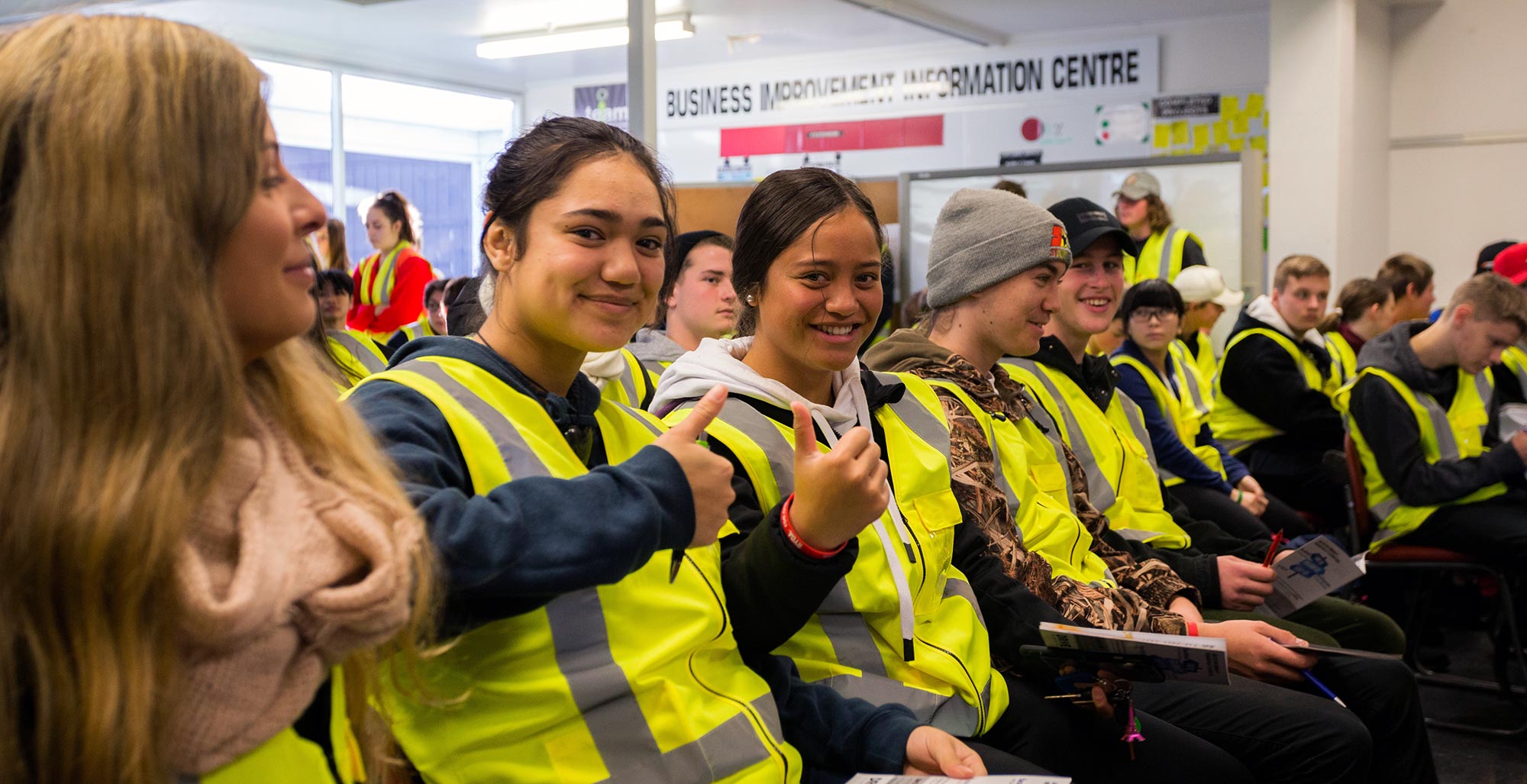How music impacts our mood, focus and ability to take in information has often been debated between parents and teenagers and teachers and students alike. Many years ago, the RYDA workshop included an activity where students were given a simple outline sketch of a vehicle and asked to draw in all the critical ‘must have’ features of their first car. As this activity was assigned as the first task of the session, our facilitators were never shocked when poster after poster featured not ABS brakes, not great structural integrity but a killer sound system. Music is an integral part of a teenagers life.
However, we know that when it comes to activities that require strong focus and thoughtful decision-making, like studying for exams or driving a car, music can be a double edged sword. While music can help put us in a good mood and have a positive impact on creativity, it is a major distraction and can divide the brain’s attention away from the task at hand.
We’ve created a multi-faceted resource, that has application well beyond road safety, to help students understand the impact of music. This exercise sees students take that understanding and create a playlist of tracks that will support their task needs (when working or studying) and reduce their risk (when driving).
The resource can be assigned in class or as homework. It features an optional classroom extension and engagement activities for parents and the whole school (detailed below). Teachers can assign part or all of the activity to suit their needs.
Download the student worksheet here;
Download Word doc
These materials are subject to RSE’s copyright – click here for terms of use
STEP 1 – RESEARCH: Students review research material to gain a deeper understanding of how music impacts them when studying and driving. Access research article here
STEP 2 – APPLICATION: Using the research article as a base, students are asked to complete a short list of the main considerations for song-selection for a driving play-list. Students then choose 10 songs to start their playlist, recording them on their student worksheet. Each song must meet the criteria outlined by the student in the activity. The student worksheet contains all the instructions and links students will need to complete the assignment. Download the student worksheet here
STEP 3 – TESTING: Students are asked to put their headphones on and take a 10-15 minute walk to test their playlist. After their walk is complete, students are asked to record observations (ie, were they inclined to walk faster/slower with certain songs, did they notice sounds of surrounding traffic, did they notice other pedestrians, etc) and make final adjustments to the playlist.
STEP 4 – SHARING: Students are encouraged to discuss their learnings with their parents/family and work together to create a playlist for their family car. This is their opportunity to update their parents taste in music with a playlist everyone can enjoy that will keep the family safe.
RYDA workshop tie-in
This resource supports a topic discussed in the RYDA workshop session, Mind Matters. The assignment works well as pre-workshop preparation or post workshop extended study. Let your RYDA Program Coordinator know if your students complete the assignment before the workshop and they’ll work with our facilitators to tie in your students’ findings, further personalising the learning at the workshop.
